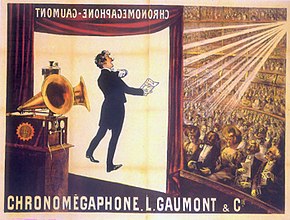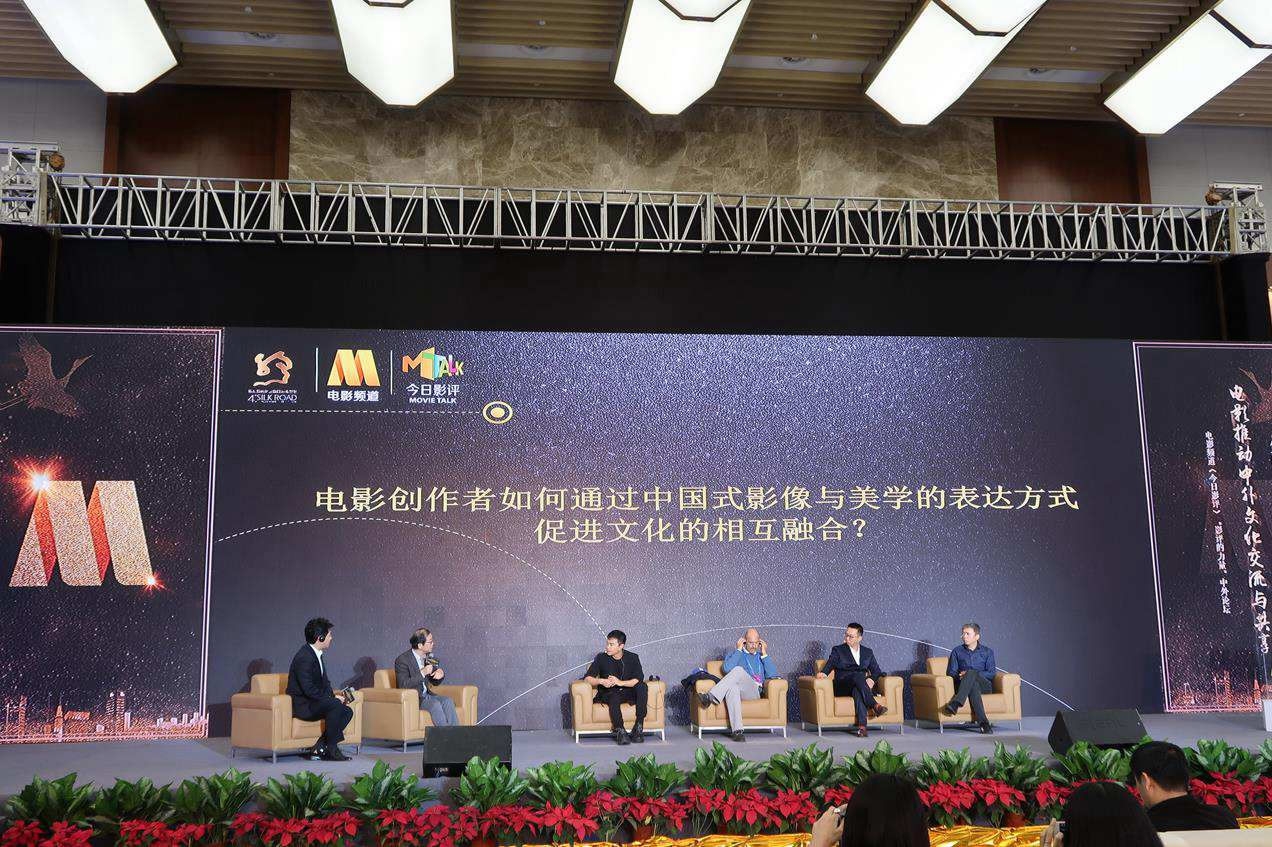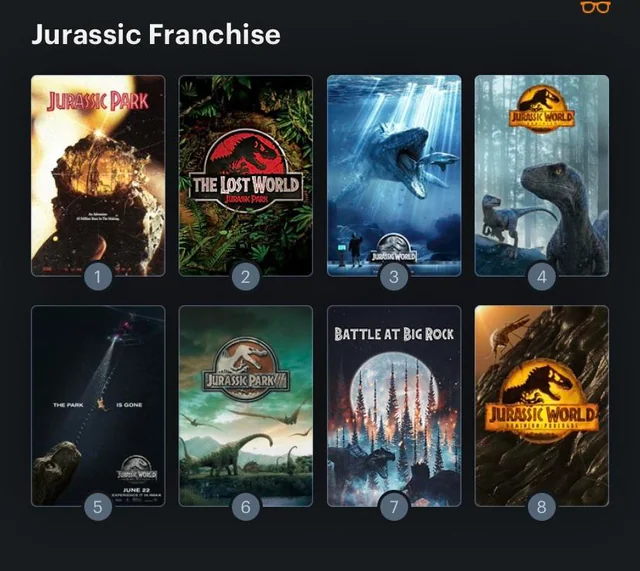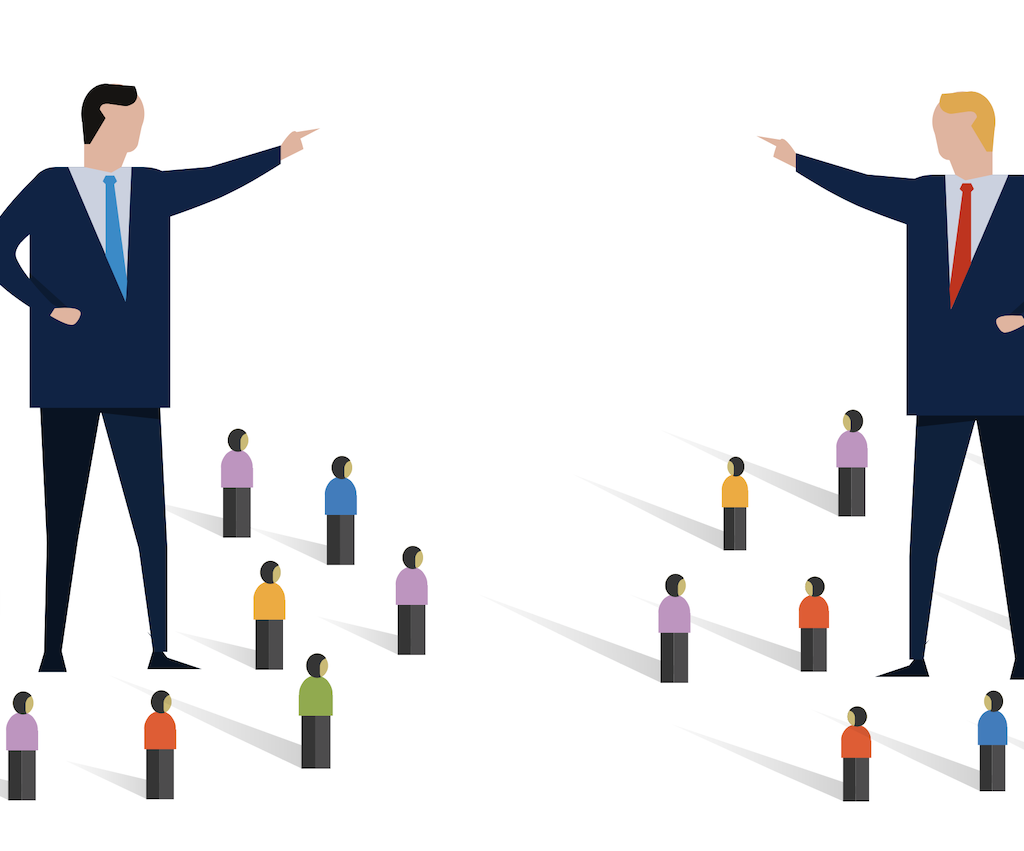Reevaluate Cinematic Intertwits Through the Lens of the Movement in Different Films
Explore cinematic movement analysis in different films. Reevaluate intertwits through this lens. Discover the art of motion in cinema

Analyzing the Influence of Various Film Movements and Trends on the Film Industry
The world of cinema has undergone numerous transformations over the years, shaped by?various film movements?and trends. These shifts in filmmaking have not only altered the way films are created but have also had a profound impact on the movie industry as a whole. This essay aims to evaluate the influence of different film movements and trends on the movie industry, spanning from the early days of silent cinema to the digital age. By examining key moments and innovations within these movements and trends, we can gain a deeper understanding of how they have shaped the art of?filmmaking?and the business of cinema.
The Silent Era and Classical Hollywood
The Silent Era marked the birth of cinema, with pioneers like Georges M?li?s and the Lumi?re brothers creating short films that captivated audiences around the world. The absence of synchronized sound necessitated a heavy reliance on visual storytelling, making expressive acting and innovative cinematography essential. Silent films also introduced editing techniques that remain fundamental in modern filmmaking, such as cross-cutting and parallel editing.
The transition to sound, marked by the release of "The Jazz Singer" in 1927, brought about significant changes. The dominance of Classical Hollywood Cinema, characterized by studio systems and star-driven productions, emerged during this period. It standardized narrative structures, character arcs, and genre conventions, setting the template for many films to come.
The impact of Classical Hollywood on the movie industry was immense. Studios like Warner Bros., MGM, and Paramount became major players, controlling every aspect of filmmaking, from production to distribution. The studio system created an assembly-line approach to filmmaking, but it also led to the development of iconic stars like Clark Gable and Audrey Hepburn, who played pivotal roles in shaping the industry.
The French New Wave and Auteur Theory
In the late 1950s and early 1960s, the French New Wave emerged as a rebellion against the conventions of Classical Hollywood Cinema. Filmmakers like Fran?ois Truffaut and Jean-Luc Godard rejected studio norms and embraced a more personal, authorial approach to filmmaking. This movement gave birth to the concept of the auteur, emphasizing the director as the primary creative force behind a film.
The French New Wave's influence on the movie industry was profound, as it challenged the established order and encouraged experimentation. It led to a global wave of independent and art-house cinema, with directors like Ingmar Bergman and Federico Fellini gaining prominence. Hollywood itself was affected by this movement, with directors like Alfred Hitchcock and Stanley Kubrick asserting their artistic control over their projects.
The Blockbuster Era and Franchise Filmmaking
The 1970s saw the rise of the blockbuster era, marked by films like "Jaws" and "Star Wars." These movies, often backed by major studios, focused on high budgets and extensive marketing campaigns. This era changed the economics of filmmaking, as studios increasingly relied on a few big-budget productions to generate massive profits.
Blockbusters also gave rise to the concept of franchise filmmaking, where successful films spawn sequels, prequels, spin-offs, and merchandising opportunities. This approach, epitomized by the Marvel Cinematic Universe, has become a dominant force in the movie industry. The reliance on franchises has both revitalized and challenged the industry, providing consistent revenue streams while sometimes stifling originality.
Independent Cinema and the Digital Revolution
The late 20th century brought significant changes to the movie industry with the advent of affordable digital technology. Independent filmmakers embraced this digital revolution, allowing for lower budgets and greater creative freedom. Directors like Quentin Tarantino and Richard Linklater gained recognition for their innovative storytelling, often pushing boundaries with unconventional narratives and non-linear structures.
Independent cinema also facilitated the rise of film festivals like Sundance, which became platforms for discovering and promoting emerging talent. As a result, smaller, independent films could find audiences and success outside the traditional studio system.
The Streaming Revolution and the Future of Cinema
The 21st century has witnessed a revolution in how films are distributed and consumed. Streaming platforms like Netflix,?Amazon Prime Video, and Disney+ have disrupted the traditional theatrical release model. This shift has democratized access to content and allowed for a wider range of stories to reach global audiences.
However, the rise of streaming has also raised questions about the future of movie theaters. The COVID-19 pandemic further accelerated changes in viewing habits, with studios experimenting with simultaneous digital releases and shorter theatrical windows. The industry is grappling with how to balance the demands of streaming services with the theatrical experience.
The Rise of International Cinema
While Hollywood has long dominated the global film industry, the influence of international cinema has grown significantly over the years. Filmmakers from various countries have made their mark, producing distinctive works that resonate with audiences worldwide.
Notable examples include the Italian Neorealism movement of the 1940s and 1950s, with filmmakers like Vittorio De Sica and Roberto Rossellini crafting emotionally powerful stories rooted in the everyday lives of ordinary people. This movement had a profound impact on storytelling techniques, influencing filmmakers globally to explore more authentic and relatable narratives.
Additionally, the influence of Asian cinema, particularly from countries like Japan, South Korea, and Hong Kong, has gained momentum. Directors such as Akira Kurosawa and Park Chan-wook have garnered international acclaim for their unique storytelling styles and visual aesthetics. The success of Asian cinema has not only expanded the diversity of stories on screen but has also prompted Hollywood to embrace Asian talents and narratives in various ways.
Representation and Diversity
One of the most significant changes brought about by recent film movements is the emphasis on representation and diversity in both storytelling and casting. Movements like #OscarsSoWhite and the broader push for greater inclusion have challenged the industry to address issues of underrepresentation and misrepresentation.
Filmmakers are increasingly recognizing the importance of portraying diverse voices and experiences on screen. This shift is not only a reflection of changing societal values but also a response to audience demand for more authentic and inclusive narratives. The success of films like "Black Panther" and "Crazy Rich Asians" has demonstrated that diverse stories can resonate with audiences globally and be financially successful.
The industry's commitment to diversity extends to behind-the-scenes roles as well, with efforts to create more opportunities for filmmakers and professionals from underrepresented backgrounds. As a result, the movie industry is gradually becoming more inclusive, with the potential to reshape narratives and perspectives in cinema.
The Impact of Technology
Advancements in technology have continuously influenced filmmaking techniques and storytelling possibilities. The transition from celluloid film to digital filmmaking has democratized the medium, allowing independent filmmakers to create high-quality productions at a fraction of the cost.
Visual effects (VFX) have also played a crucial role in shaping the industry, enabling filmmakers to bring fantastical worlds and creatures to life. Films like "Avatar" and the "Lord of the Rings" series have pushed the boundaries of what is visually achievable on screen, expanding the possibilities of storytelling.
Moreover, the development of virtual reality (VR) and augmented reality (AR) technologies offers new avenues for immersive storytelling. VR experiences allow audiences to step inside a narrative, while AR enhances real-world environments with digital elements, creating interactive storytelling opportunities.
Challenges and Opportunities Ahead
As the film industry continues to evolve, it faces both challenges and opportunities. The ongoing debate over the impact of streaming on traditional movie theaters remains a key concern. Balancing the demands of streaming platforms with the theatrical experience is a complex task that will require innovative solutions.
Additionally, issues of intellectual property rights and content piracy persist in the digital age. Protecting the rights of filmmakers and studios while ensuring accessibility for audiences is an ongoing challenge.
However, the digital era also presents exciting possibilities. Emerging technologies like artificial intelligence (AI) are being used to enhance various aspects of filmmaking, from script analysis to post-production. These innovations have the potential to streamline processes and open new creative avenues.
The movie industry's evolution has been shaped by various film movements and trends throughout its history. From the expressive storytelling of the Silent Era to the auteur-driven French New Wave, the blockbuster era, and the rise of independent cinema, each movement has left a lasting impact on filmmaking and the business of cinema. The digital revolution and the streaming era continue to reshape the industry, posing both opportunities and challenges.
As we evaluate the influence of these movements and trends, it becomes evident that the movie industry is a dynamic and ever-evolving art form. The past informs the present, but the future of cinema is still being written, with filmmakers and audiences alike eager to explore new horizons in storytelling and technology.
What's Your Reaction?
















